Design & Desire
by Keith Helfet
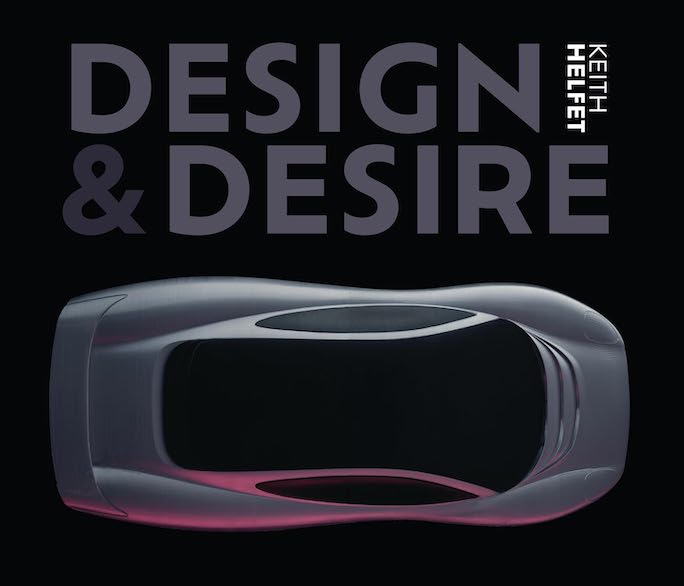
“I have found the way I work to be unconventional. Never meaning to be perverse, my brain and abilities have guided me to do things differently—usually the hard way!”
It has been written that Harley Earl couldn’t (or didn’t) draw. Whether there’s truth to that or not, the author of this book immediately grabs his reader’s attention writing in his introduction the type of words one cannot even imagine Earl uttering—ever! “[I]n my formative years, I had little evidence that I had any particular skill or talent—or even that I could one day be good at anything.” His sister-in-law would pen some revealing insights but that would be decades later as you’ll read further on.
A very few pages into his book Keith Helfet (b. 1946) describes presenting himself for entry into the Royal College of Art in London. When asked to show his portfolio, it turned out that he didn’t have one as he’d never done any drawings. He did rather nonplus the admission officers when he told them that he had restyled a full-size car. On the strength of photographs of that project they admitted him.
Two years later he added to his undergraduate engineering degree that of designer and subsequently Jaguar hired him. It was a time when he was privileged to be able to learn from and interact with company founder Sir William Lyons as the image below shows. Still Helfet found it daunting as he realized he would one day likely be expected to create worthy successors to “racing icons such as C- and D-Type Jaguars” and, of course, the E-Type.
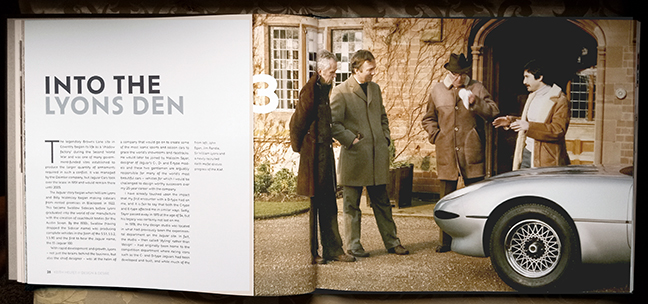
Left to right, John Egan, Jim Randle, Sir William, and the author discussing progress on the XJ41.
As you can read on the page shown in the next illustration, prompted by the Ford takeover of Jaguar and its intention to cancel the XJ41 Helfet was motivated to offer a proposal for a shared platform with the subsequent CAD model lower left and the prototype on right.
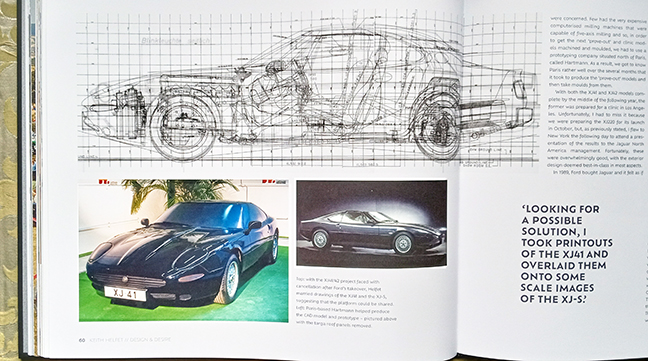
Subsequent to that Ford takeover of Jaguar, Helfet’s experiences start to read similar to those of others who worked at other big auto makers; namely pour your heart and soul, your very being into the project only to watch it get cancelled. Whoever is in charge—at the top—changes often enough that promising and desirable designs all too frequently get set aside by a new incoming regime wanting to make its own mark rather than produce something conceived by a preceding one.
Helfet writes easily and unpretentiously as he relates his career’s progression dropping a few comments here and there that give readers glimpses of his personal life. We learn of his two daughters, who both appear to be pre-teen, when summer of 1993 Helfet responded to a request to create a less intimidating body for the MRI that was as he described it “a coffin in front of a washing machine.” When his wife brought their two young daughters to see the first example of what their dad had created, he wrote it was “surprising and very heart-warming” when they asked if they could play on it.
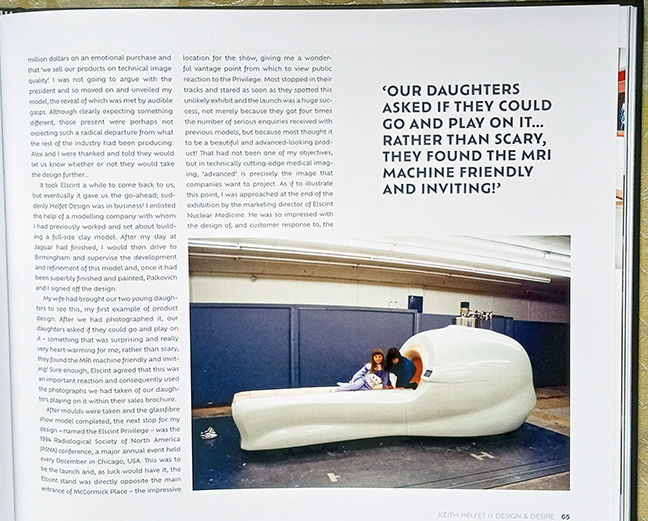
Then there’s his interesting chapter telling of working with the suppliers of Jaguar-branded items that make up the Jaguar Collection to “align their products with existing Jaguar brand identity.” An opportunity to work with one-time head of Jaguar, Mike Dale, by then head of Raytheon which owned aircraft maker Beechcraft, came about with Dale wanting to create a Jaguar Special Edition King Air C90B.
As the millennium arrived, after 25 years with Jaguar Helfet opted to retire from corporate life and go it on his own.
In one vignette, he reveals what’s behind his book’s title. He’d been asked, along with 99 others, to contribute to a book. As part of his longer contribution, he had to write a one-liner that was a summation of his design philosophy. When the book published, his one-liner was unlike any of the others. That line was “As a designer, there can be no greater prize, for me, than to create an object of desire.” Hence Design & Desire.
In a Forbes article published in June of 2000 written by his sister-in-law (but from her surname you couldn’t tell she was Helfet’s brother’s wife) she reveals some fun facts starting with his real, birth name–to be fair Helfet also shares this in his book. His given name embarrassed him so that, per his sister-in-law, “he lost the Edsel (first name) about as fast as it takes a Jag XK8 to go from 0 to 60.” To which she adds some observations Helfet does not include in his book, namely that “He wound up in a mechanical engineering program at the University of Cape Town, but he spent more time surfing and drinking than studying.”
Susan Adams‘s article in Forbes is as pleasant and interesting a read as is her brother-in-law’s own book. Whether motivated by interest in automotive design or Jaguar history or both, this book provides reading satisfaction, information and enjoyment in equal measure.
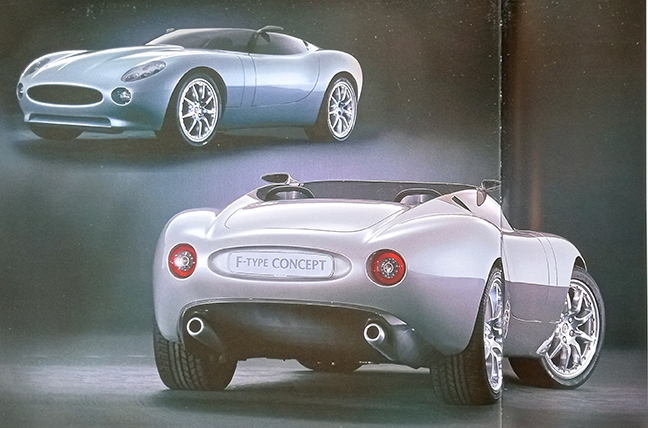
Copyright 2024 Helen V Hutchings (speedreaders.info)


 RSS Feed - Comments
RSS Feed - Comments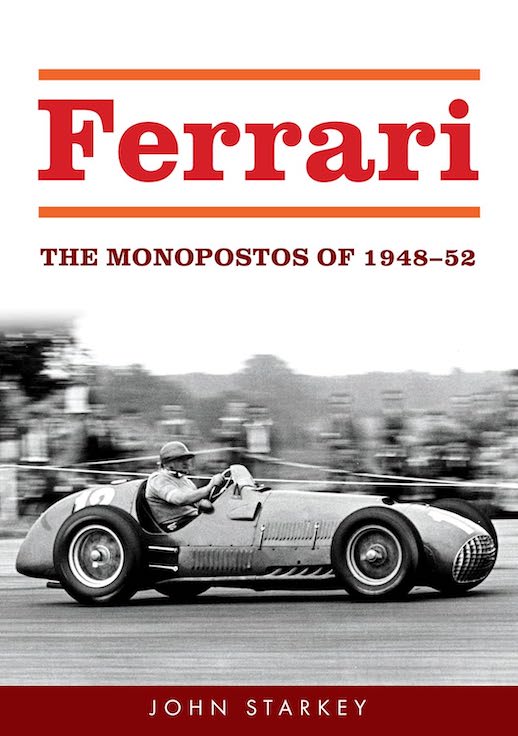
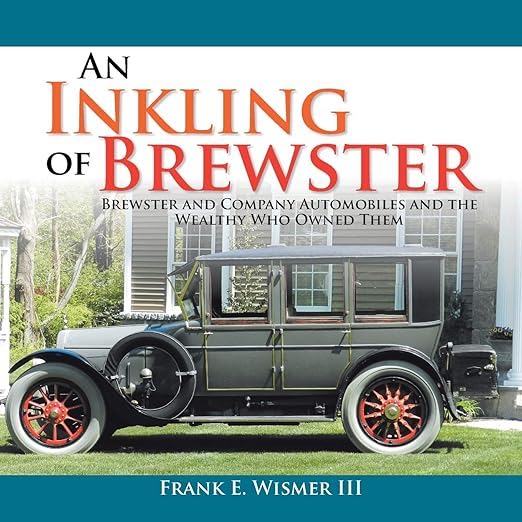
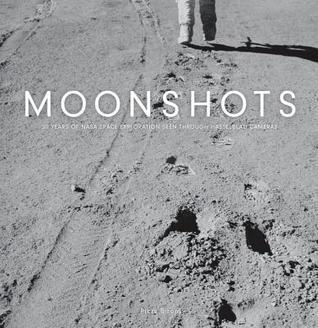

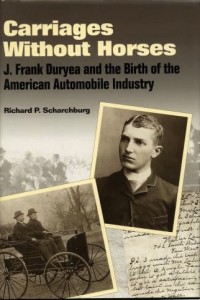
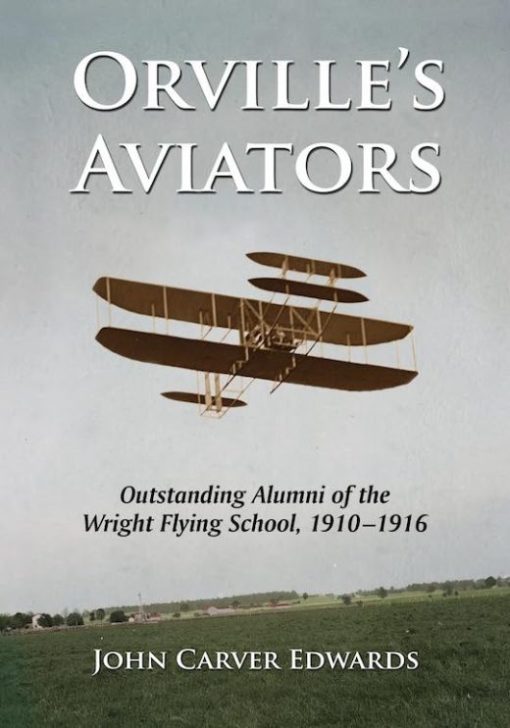

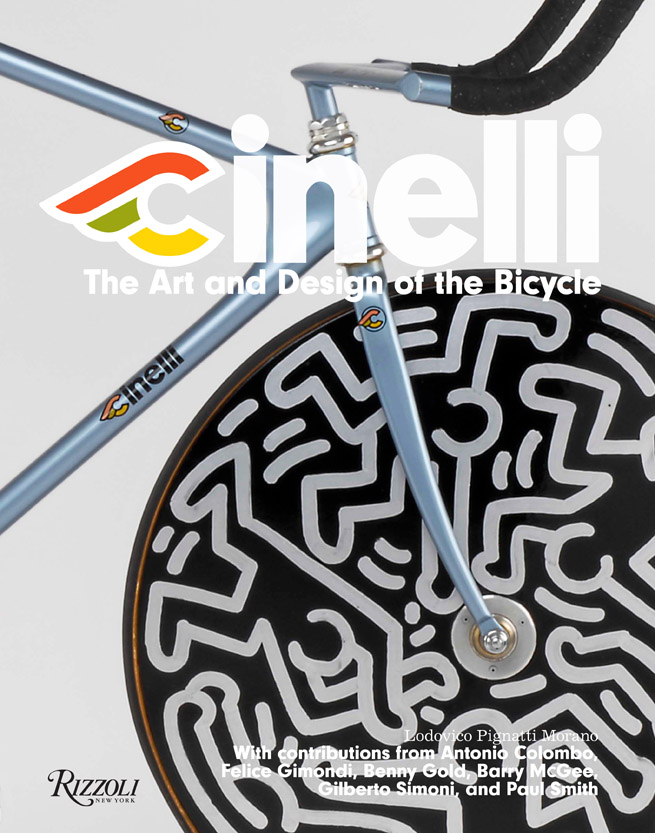

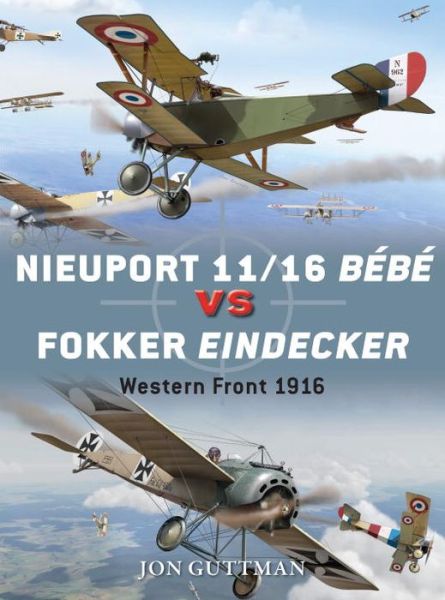
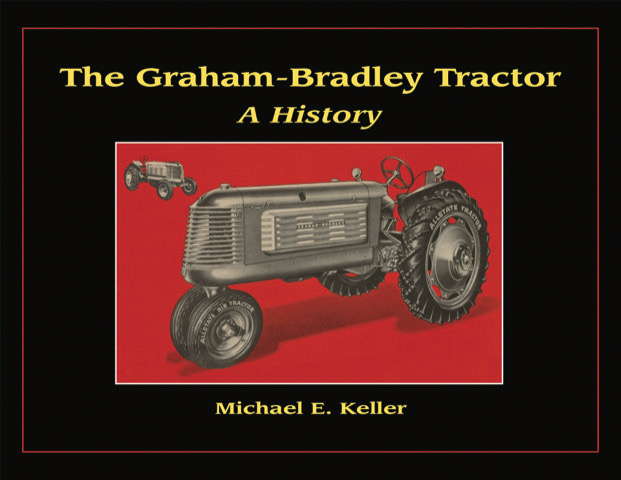

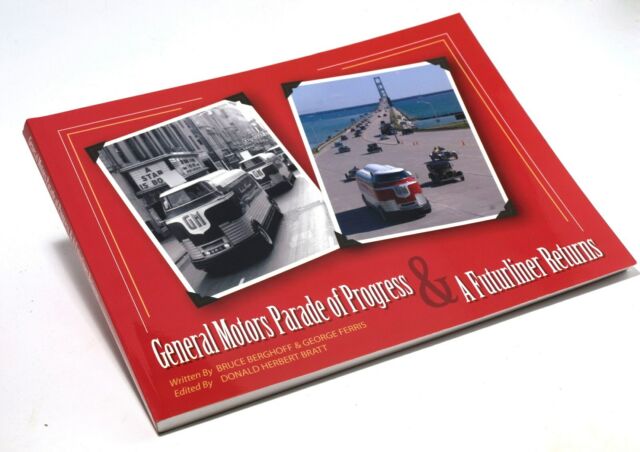
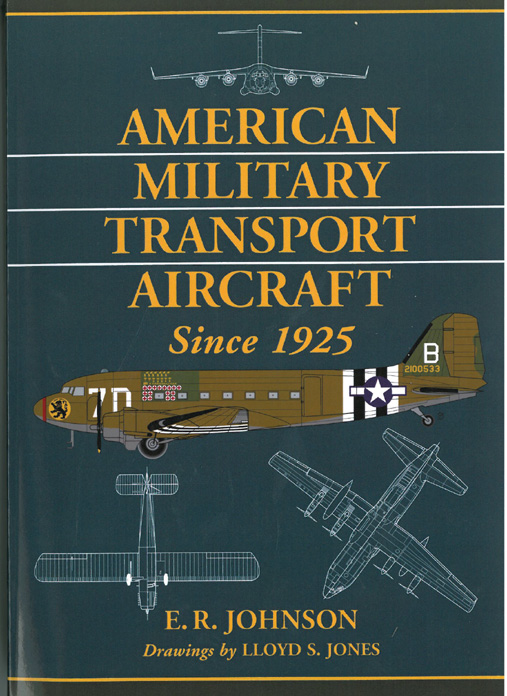
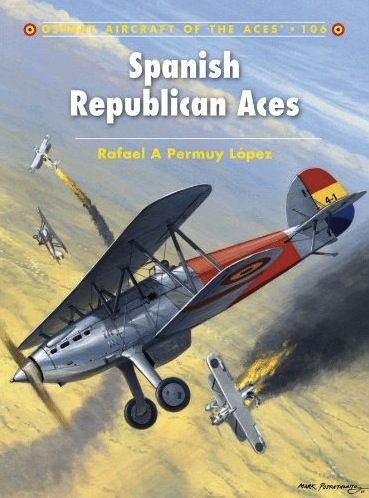
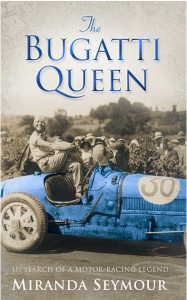
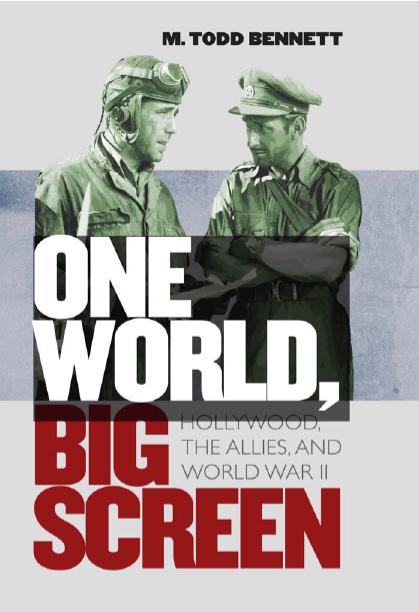
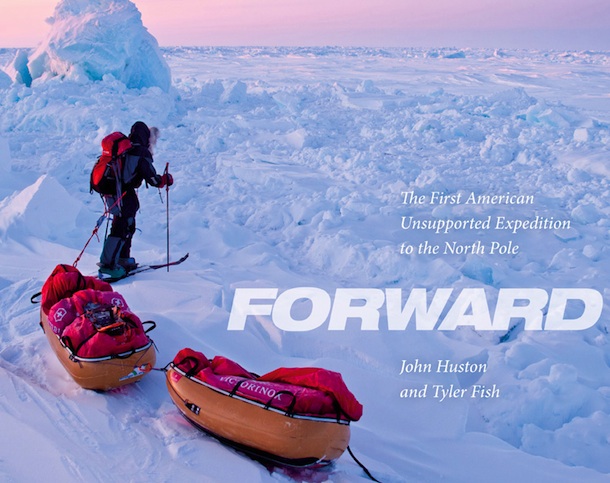
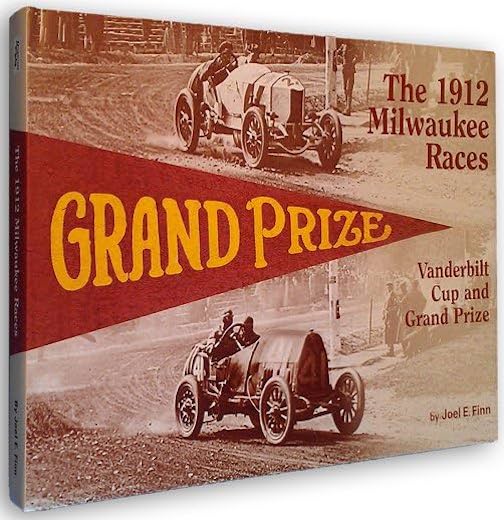
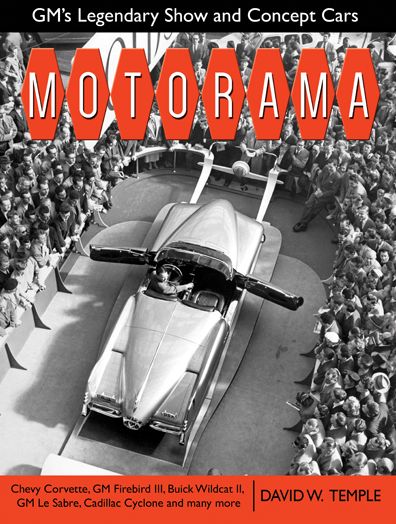
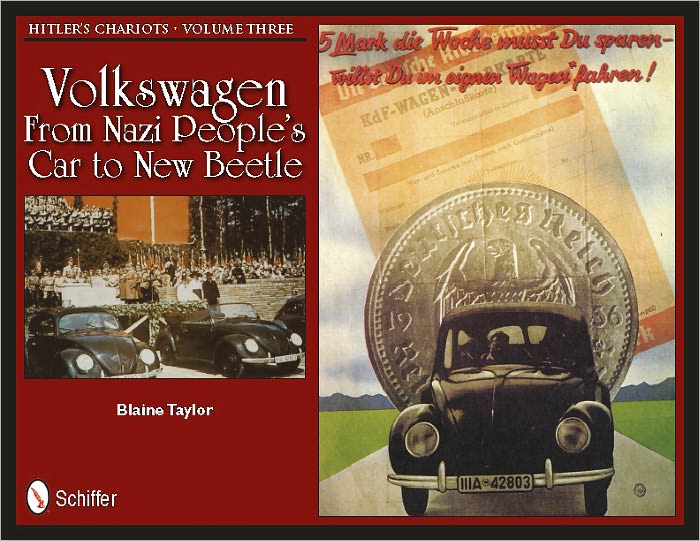
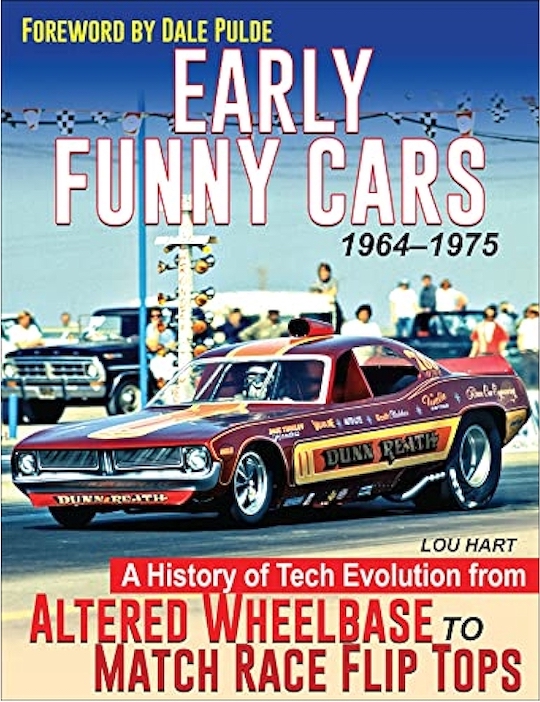

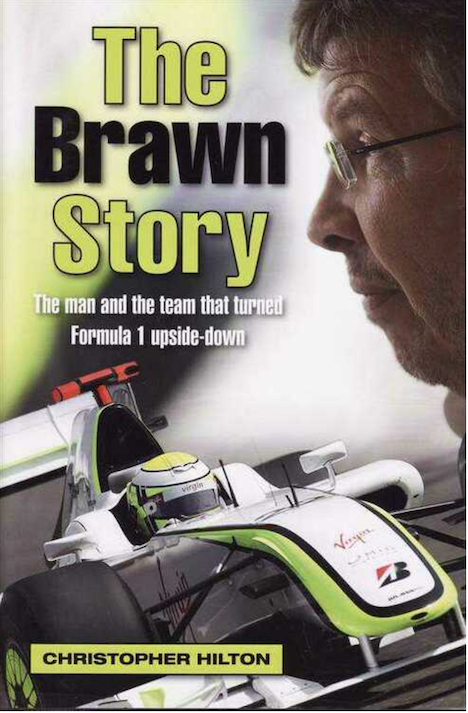
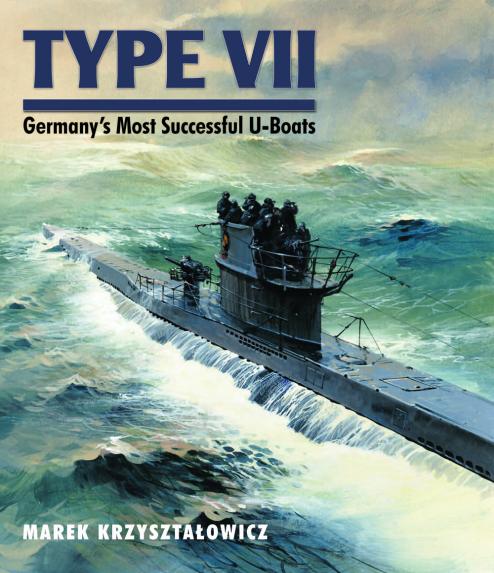
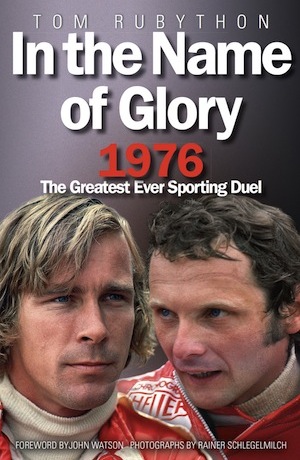
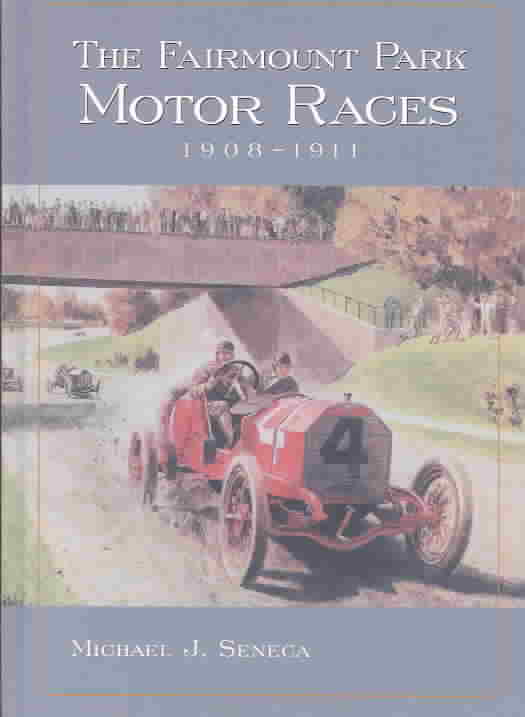
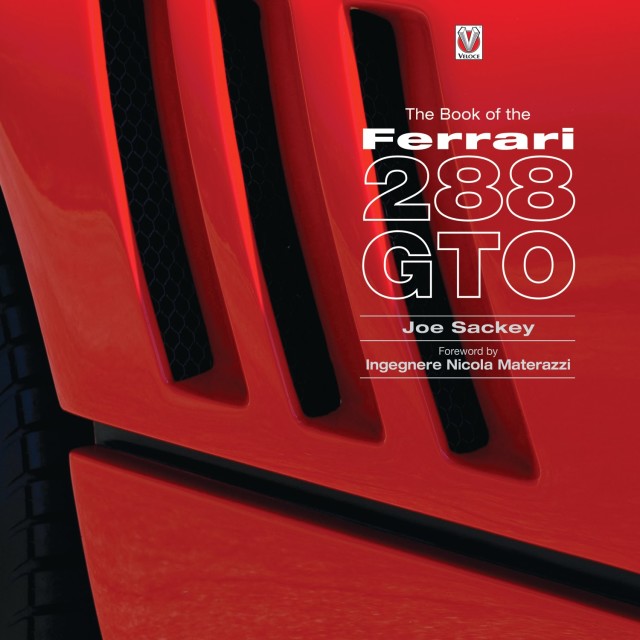
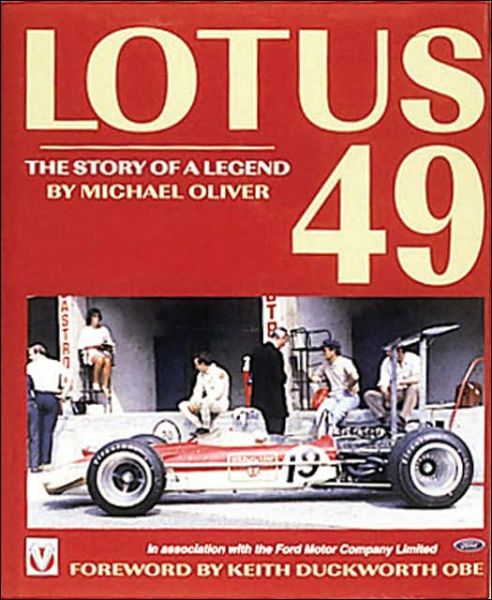
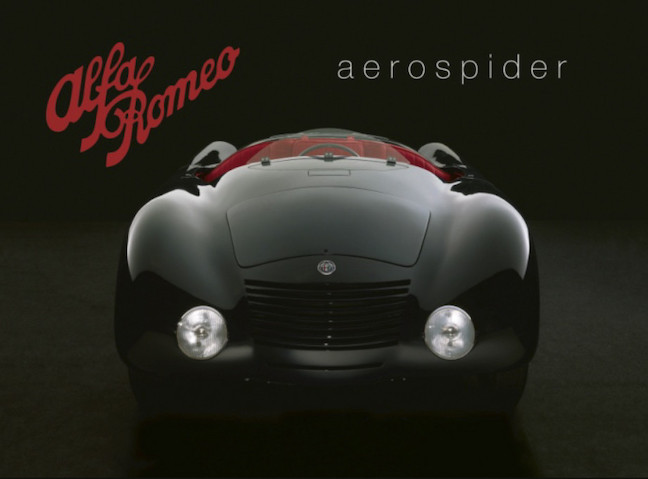
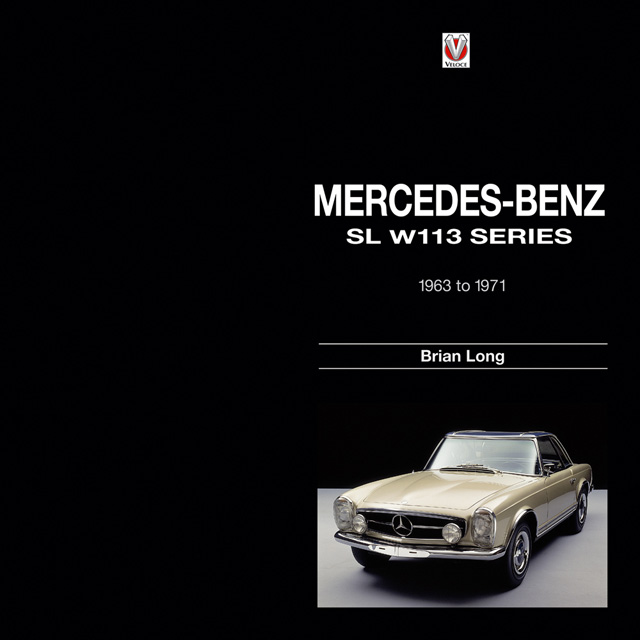
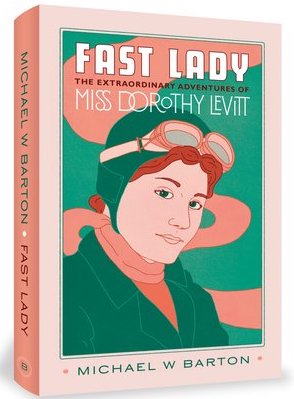
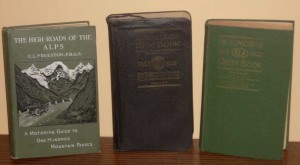
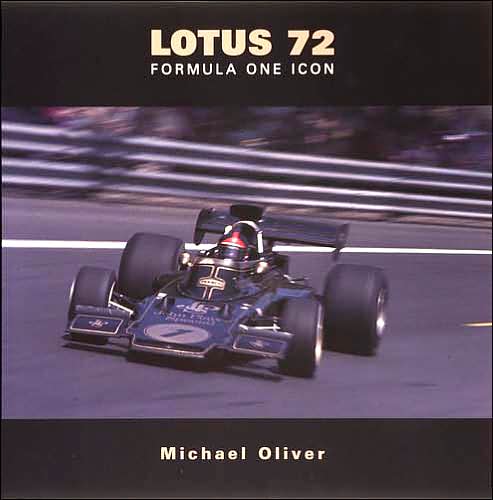
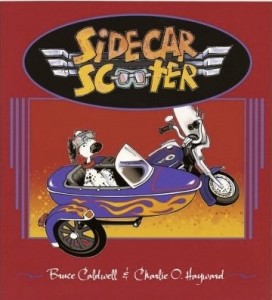
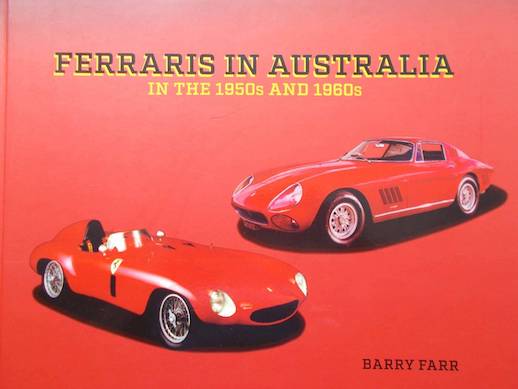
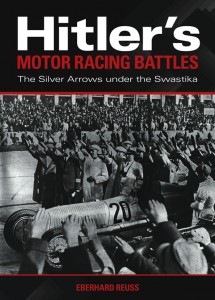
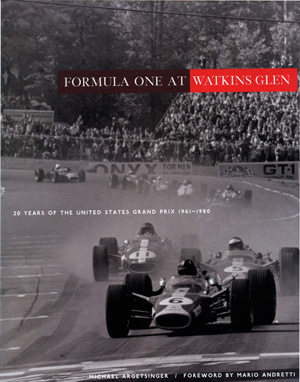

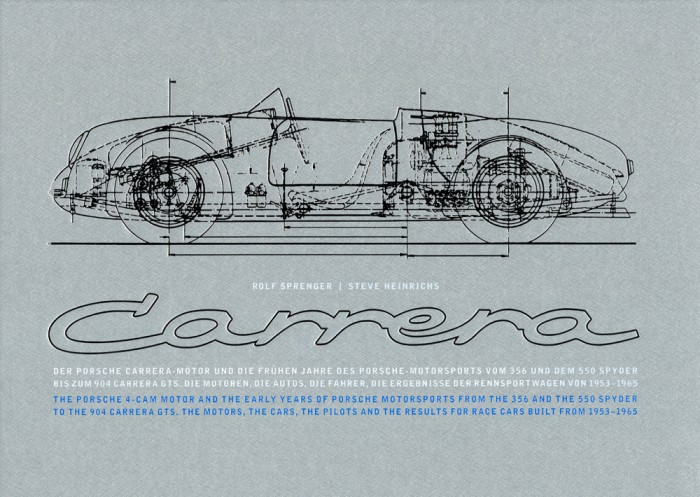
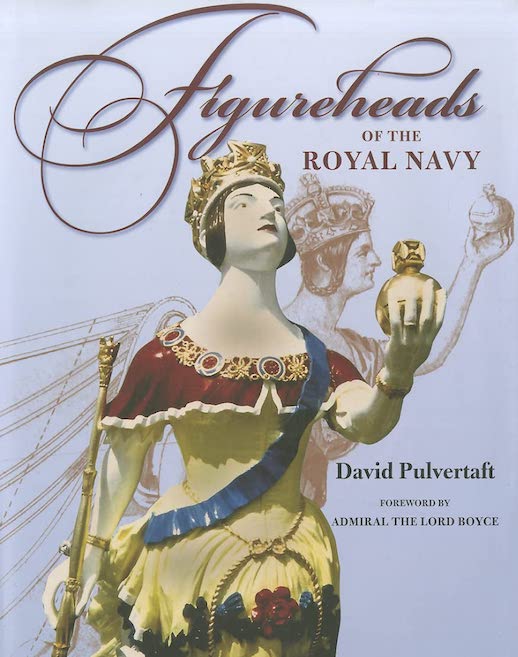



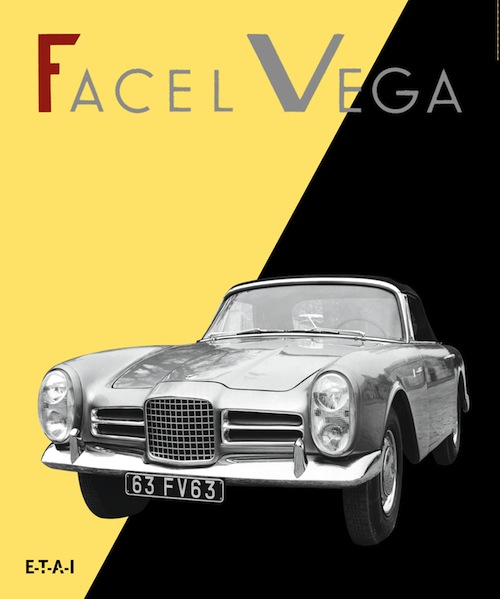
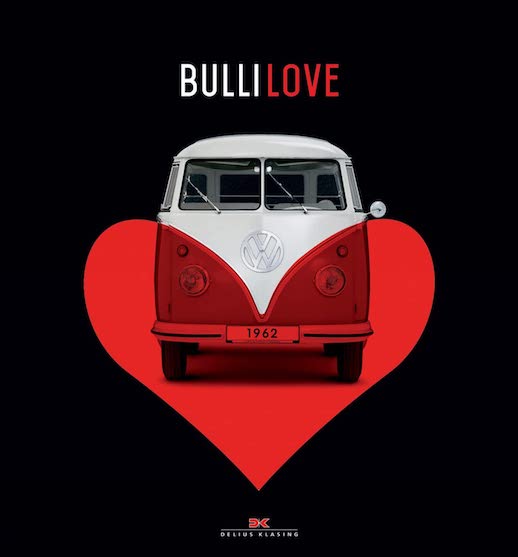
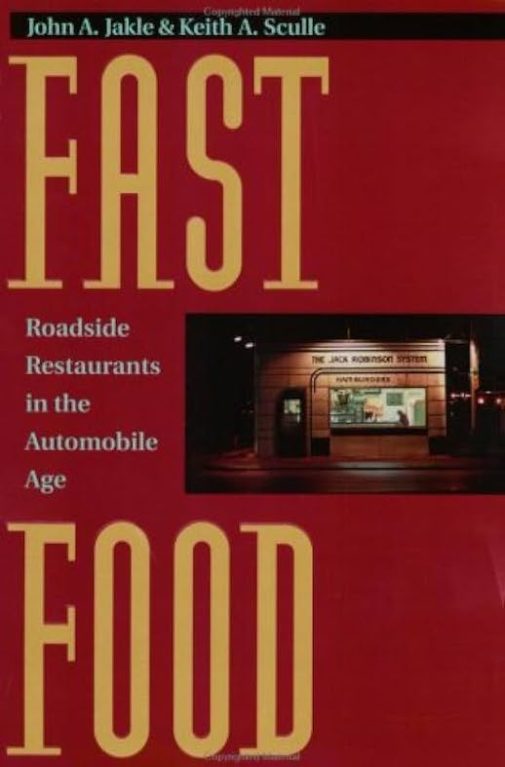
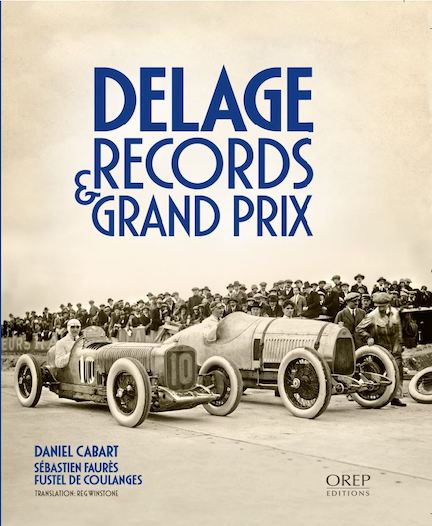
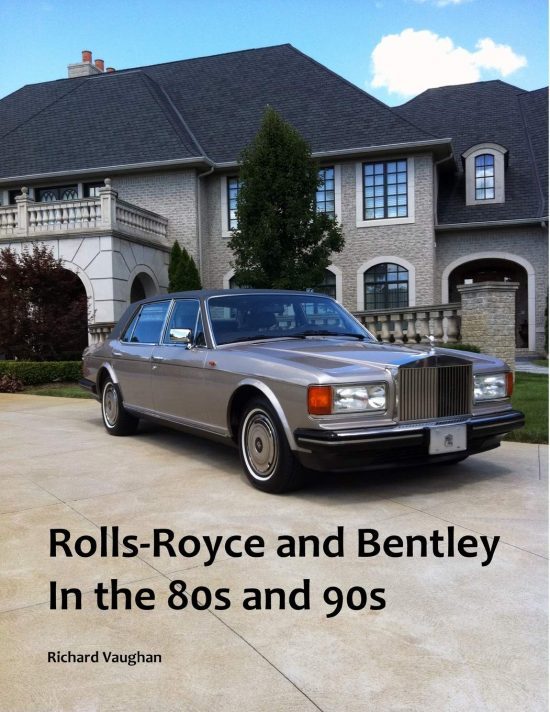
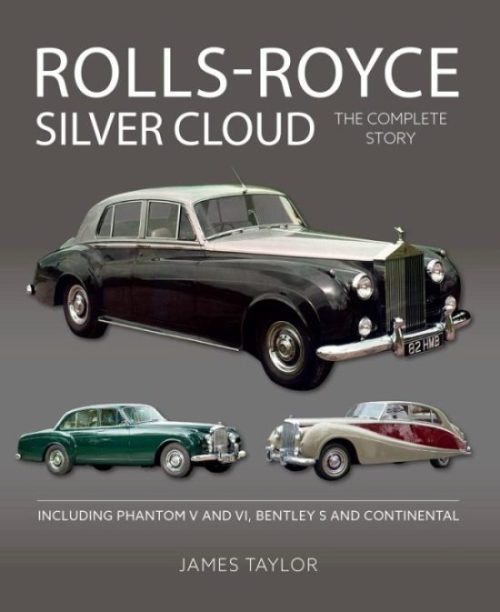
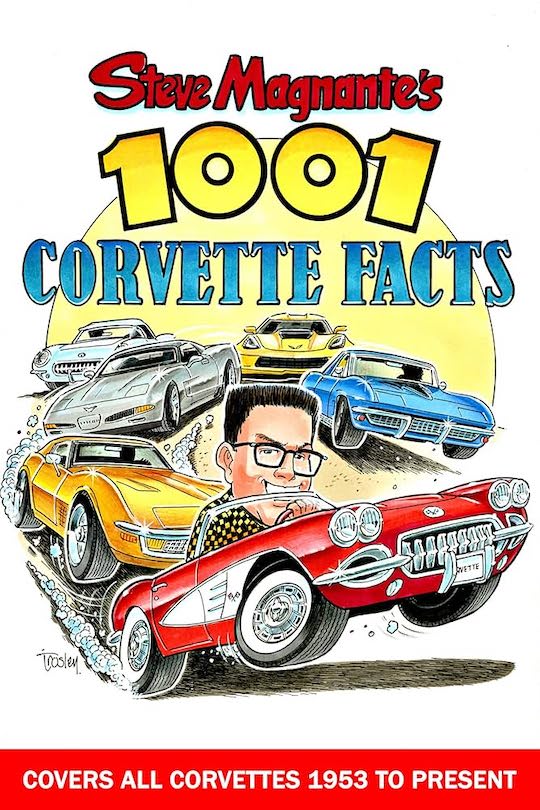

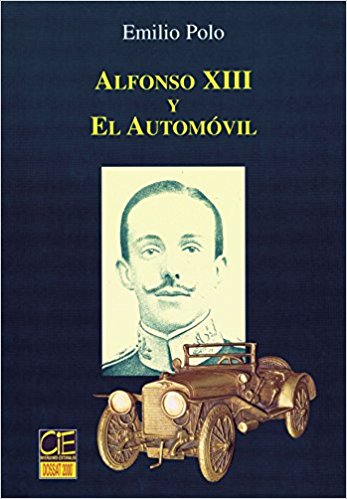
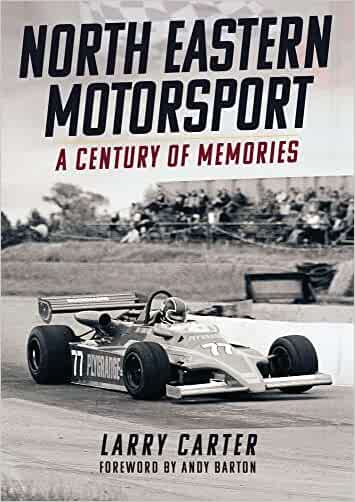


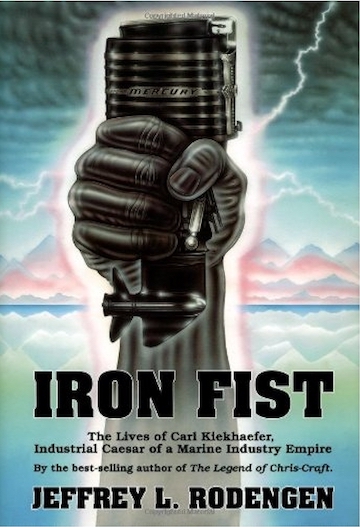
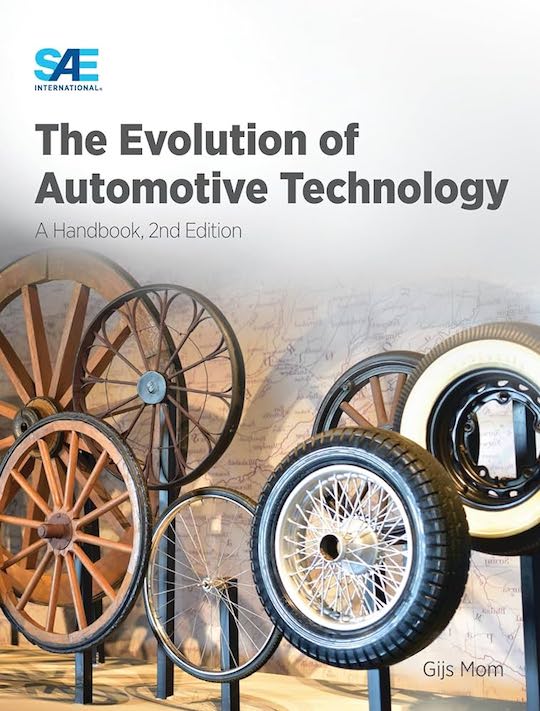
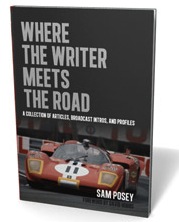


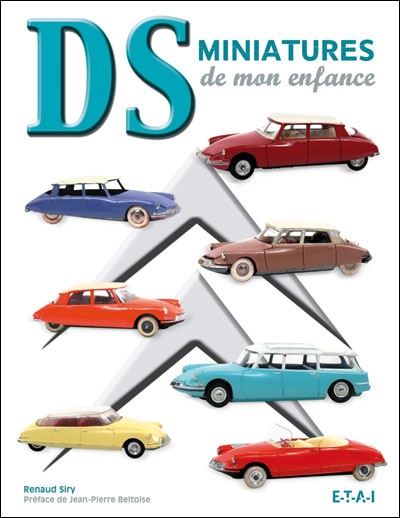
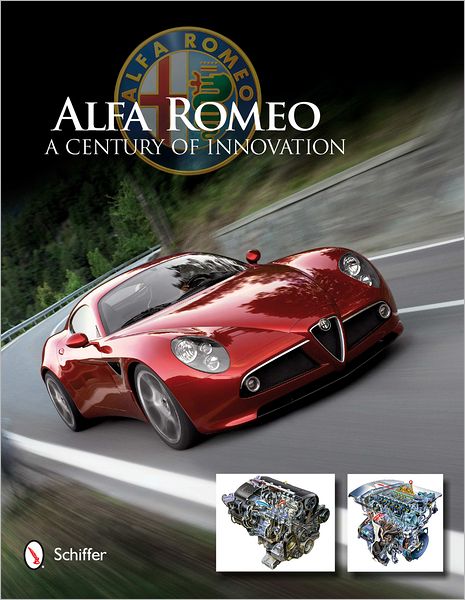
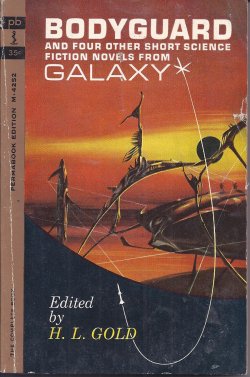

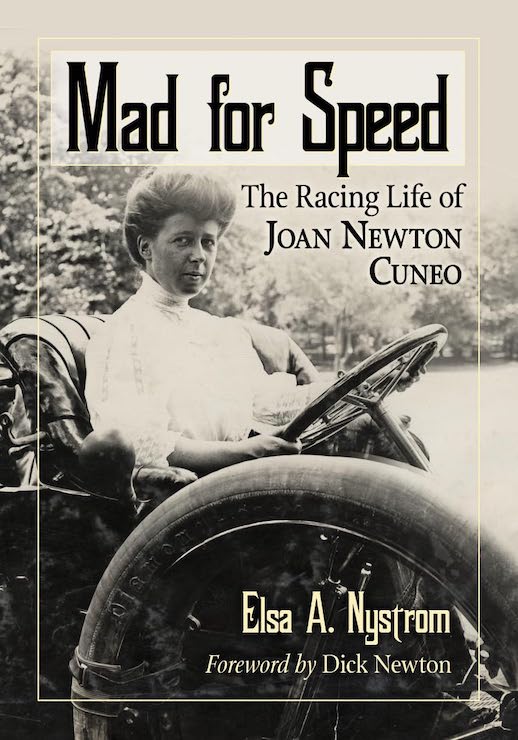
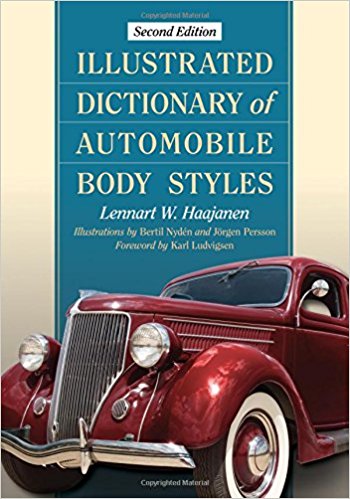
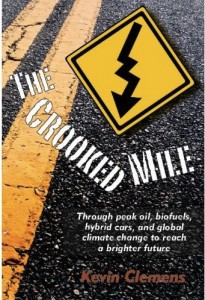

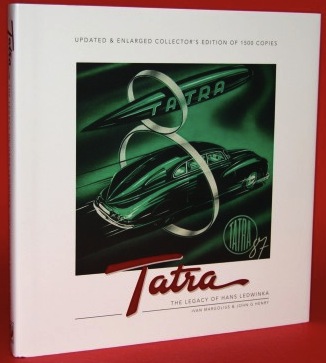

 Phone / Mail / Email
Phone / Mail / Email RSS Feed
RSS Feed Facebook
Facebook Twitter
Twitter